Healthy Perspectives – Winter 2013
One of the most talked-about new ideas in health care is rewarding providers for reducing medical spending by giving them a share of the net cost savings. The concept is currently being tested by many payor and provider organizations across the United States. The early results are so promising that providers — including physicians — may see contracts offering this arrangement in the near future.
The demonstration projects
The shared savings payment idea has been applied mainly in primary care practice medical home programs and accountable-care-like programs. There are wide variations in the characteristics of the demonstration projects testing the new concept, regarding:
- Patient population included: primarily commercial, but also Medicare Advantage and Medicaid managed care,
- Basis of savings payments: cost savings, compared with control group, reducing complications associated with chronic conditions, compared with budget, compared with negotiated target,
- Adjustments for patient risk: high-cost claims, stop-loss provision, services excluded, adjusted clinical groups,
- Support for providers: training (care coordination, evidence-based medicine), data support and analysis, share best practices, tools for tracking and analyzing performance,
- Percent of savings shared: 30% to 50%, up to 75%, average of 50%, and
- Performance targets: quality measures, use of high-cost services (ED, hospital readmissions).
Further testing of this new payments concept is necessary to establish the most effective model and features. Most of the demo projects have been of relatively short duration; some two-thirds of them had 2010 or 2011 start dates.
Tweaking needed
A few critical issues have been identified and require resolution. A relevant sample of solid evidence will be needed to show that genuine savings have been achieved. Providers must receive tools to help them succeed, such as timely, trended performance data with targets and benchmarks. And performance measures must be aligned across multiple payors serving the same providers.
Two things are already clear: Payors are willing to cover the costs of deploying and sharing tools for measuring health care performance and cost savings. But shared savings programs must eventually include a degree of shared risks among providers and payors. For more on the government initiatives, go to http://innovations.cms.gov/initiatives. •
This material is generic in nature. Before relying on the material in any important matter, users should note date of publication and carefully evaluate its accuracy, currency, completeness, and relevance for their purposes, and should obtain any appropriate professional advice relevant to their particular circumstances.
Share Post:




